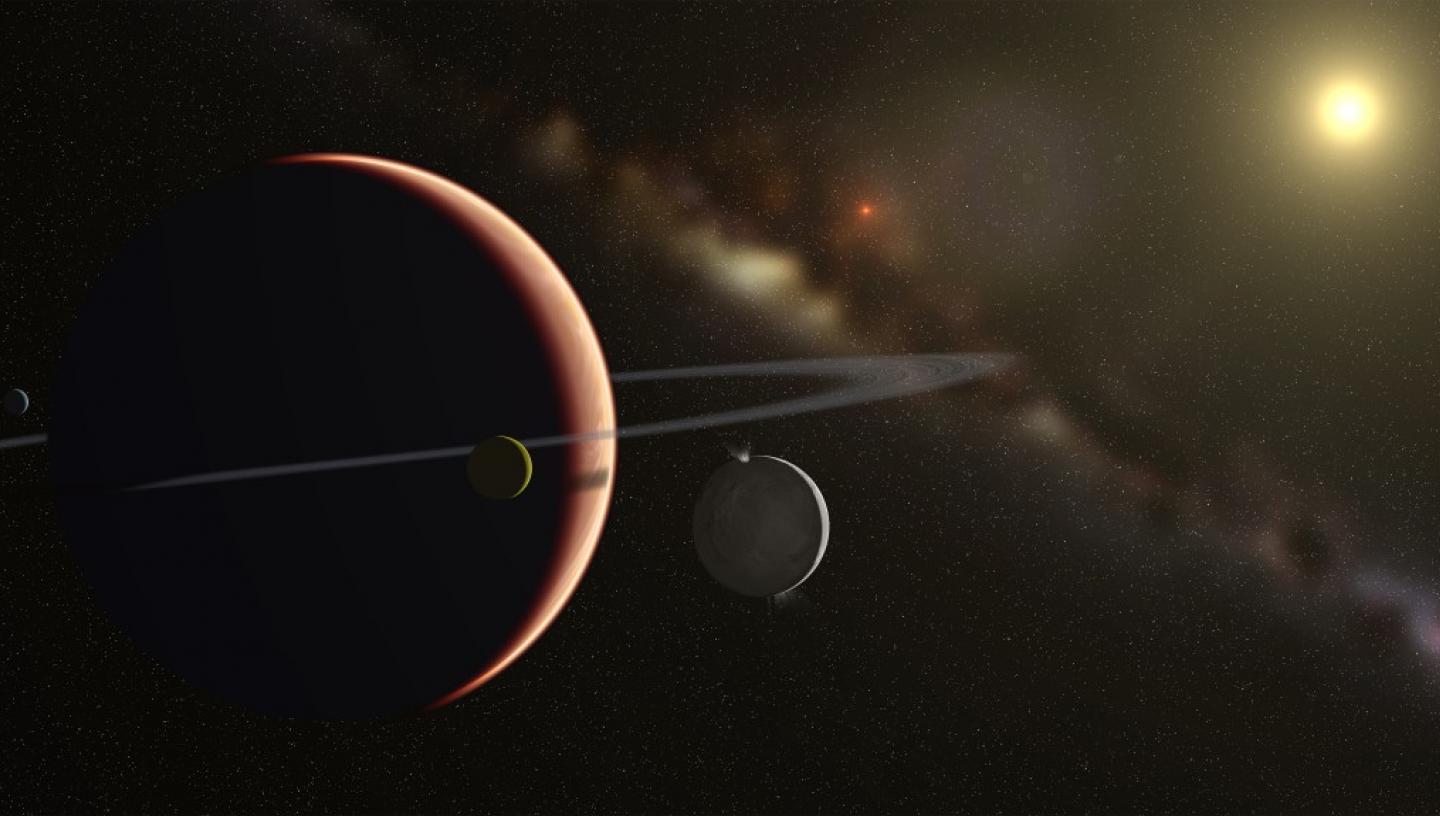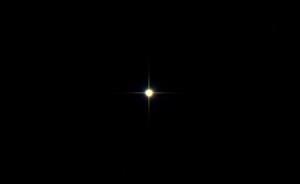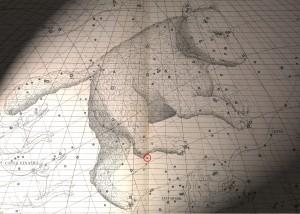
Essential Information
| Location |
Royal Observatory
|
|---|---|
12 Aug 2015
Can you name a star? Many organisations claim to offer you the chance (for a price) to name a star after yourself or a loved one, but professional astronomers don't recognise these names, and they're never published in official star catalogues. Historically, naming astronomical objects has been something of a free-for-all, so in 1919, the International Astronomical Union (IAU) was founded to safeguard consistency and officially assign names. This isn't its only function, since the organisation predominantly exists to promote both professional and amateur astronomy worldwide. However, every so often the IAU publishes new names for recently discovered objects, such as minor planets lurking in the cold darkness of the outer Solar System.

Earlier this year, the IAU announced an exciting competition, inviting member groups to submit names for 15 stars and 32 exoplanets (planetary bodies orbiting those other stars), drawing up an official shortlist which is now up for public vote. That's right! You can vote to name stars and exoplanets! Not all the stars are up for new names, however, since some already have common names. Here at the Observatory, after some consideration and debate, we decided to submit our one and only proposal for the star 47 Ursae Majoris, which is 46 light years away in the constellation Ursa Major (the Great Bear) and hosts two gas giant exoplanets. We've selected the name Albion for the star, with Paramour and Endeavour as the exoplanets. We chose the names during an internal consultation among the astronomers here at the Observatory. We wanted to propose names that reflect the history of exploration and astronomy. Due to our maritime connection with our sister sites, the National Maritime Museum and Cutty Sark, we selected ship names for the exoplanets.

Paramour - the name of Edmund Halley's ship, a pink which he commanded on three voyages before becoming Astronomer Royal at Greenwich. Halley made magnetic and astronomical observations around the world, and on one voyage returned to St Helena, where he had spent a year in his youth making an acclaimed chart of the southern stars. Endeavour - the famous vessel commanded by James Cook on his first voyage of discovery, centered around observing the 1769 transit of Venus from Tahiti. Cook explored the Pacific Ocean and made two more voyages of considerable scientific value. Both of these ships sailed from Great Britain, for which Albion is the oldest known name. Riding the line between geography and mythology, the name Albion has long been associated with "the world above" and we found this a fitting name for a sun-like star with its own system of orbiting planets. We also wished to commemorate one of the most recognisable constellations, Ursa Major, by naming one of her stars after a land where wild bears once roamed freely. 47 Ursae Majoris is a G-type star like the Sun, believed to be slightly larger and around 50% brighter. It hosts three known exoplanets, and probably more yet to be discovered. The exoplanets labelled b and c, discovered using the radial velocity method, have a similar ratio of masses to Jupiter and Saturn in our own Solar System. They are closer to their parent star than our gas giants, but still rather cold compared with the Earth. That said, the inner exoplanet, which we would like to name Paramour, may host exomoons that could lie close the star's habitable zone.
Update: winning names announced! Let us know on Twitter or Facebook if you've helped us. The vote is open until 31st October, and the winners will be announced shortly thereafter [update: winners announced on 15 December 2015]. Who knows, perhaps at your next visit to the Planetarium we'll be able to show you worlds you helped to name!